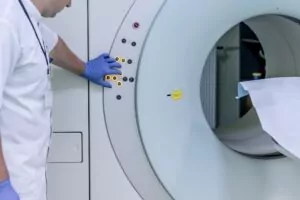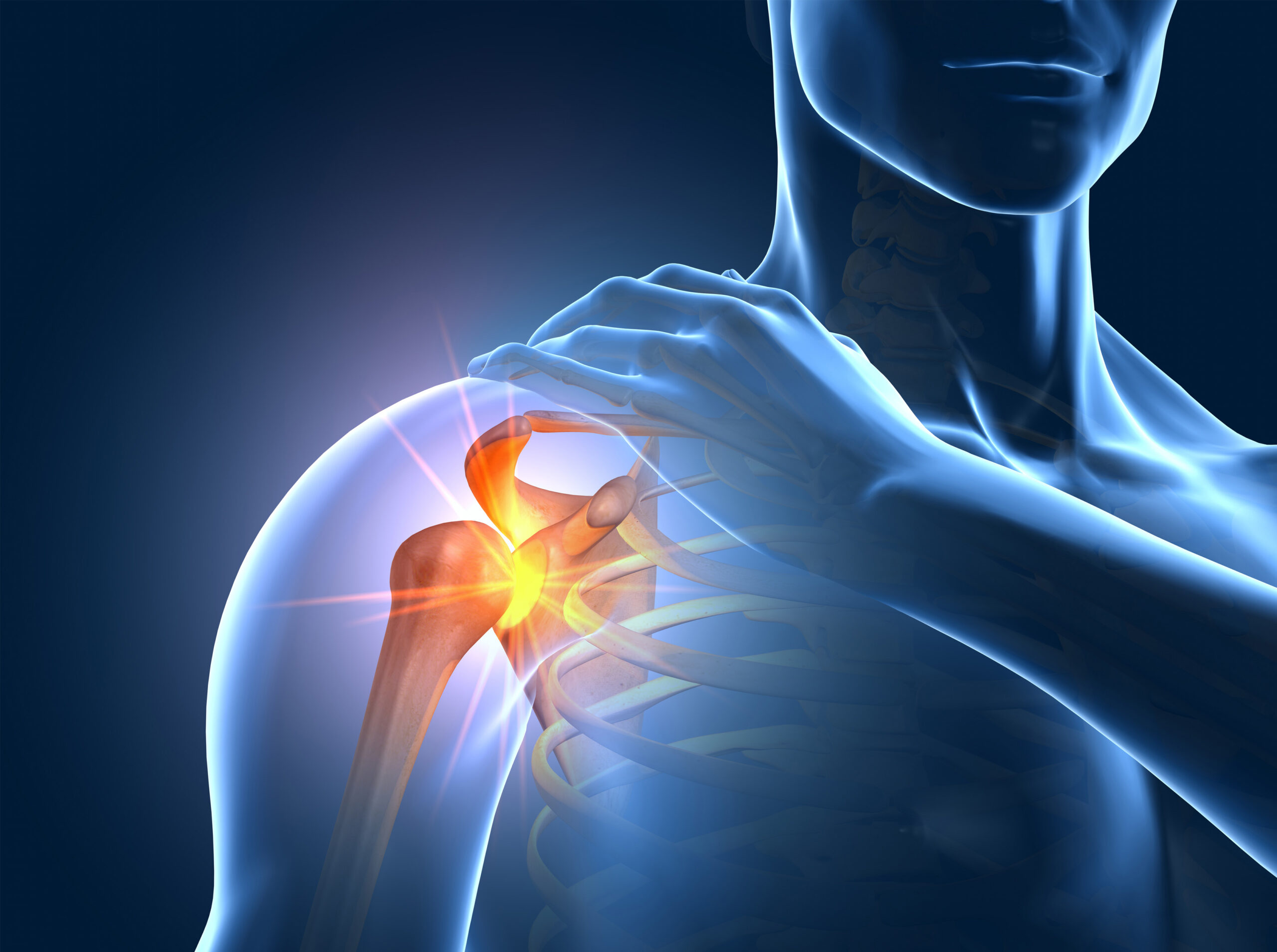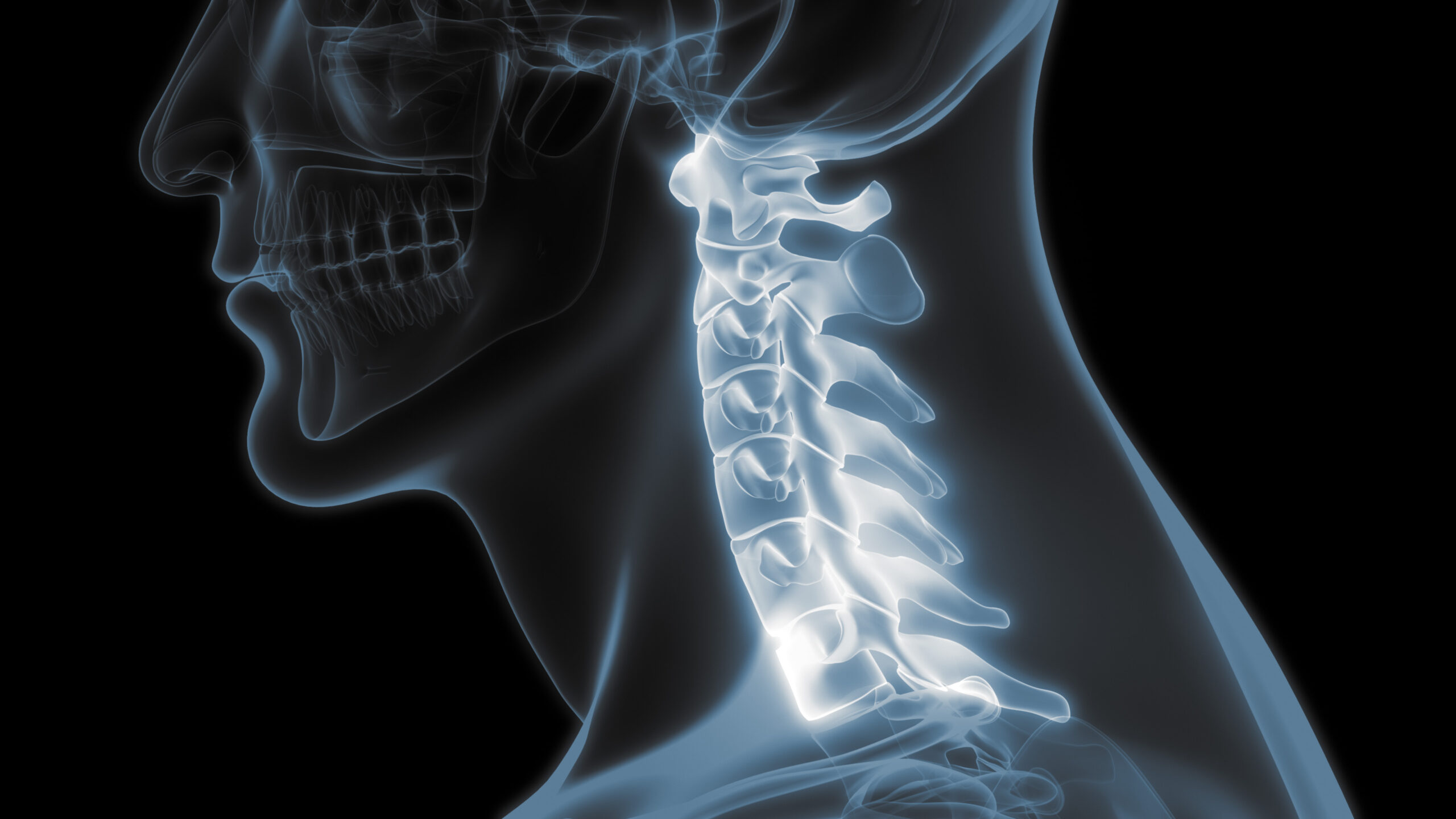What is an MRI Procedure & Do I Need One?
Magnetic Resonance Imaging (MRI) is a technique that uses a magnetic field and radio waves to get detailed images of the inside of your body. An MRI can even produce 3D images of the inside of the body that can be viewed from different angles.
MRI Procedure
The MRI machine is usually shaped like a large, round tube. For the MRI procedure, you will lay down on a long padded bed that will slowly move the desired body part inside the tube. During the MRI procedure, the patient:
- Must stay very still for the duration of the procedure which normally lasts 20-30 minutes
- Will not feel anything, but may hear a noise as the images are captured.
- Wears ear protection
Why use MRI?
Before the MRI magnet or x-ray machines, there were limited ways for physicians to see what is going on inside the body without performing surgery. Now, doctors can get a good look at problem areas in the body through non-invasive methods. They can examine your organs, tissues, and skeletal system in detail without having to put you through an operation.
X-rays are helpful for looking at your bones, but an MRI procedure can give more information about your orthopedic condition. It allows us to see what’s going on with your:
- cartilage
- muscles
- tendons
- ligaments
- tissues surrounding your bones and joints
This helps the doctor determine the most effective treatment options.
Do I need an MRI?
If you experience an orthopedic injury or suffer from chronic pain in your joints or back, it may be time to see a doctor. He or she can help determine the cause of your pain and whether you will need imaging in the form of an x-ray or MRI procedure. Most physicians will start with a physical exam and follow up with imaging as needed. The whole process helps paint a full picture of your orthopedic condition and give insights into the best treatment plan.
Are there any risks?
Since an MRI uses powerful magnets, the presence of metal in your body may be a safety hazard. Make sure to tell your doctor and technologist about metal in your body including:
- pacemaker
- cochlear implants
- artificial heart valves
- any other metal implants
Even tattoos can affect your MRI, so it is important to be aware of such things.
Newer magnets, like the one at the Colorado Springs Orthopaedic Group’s MRI Center, are designed with a shorter tube and larger bore to help minimize patient discomfort during a test. The bore is the opening of the MRI tube. Some people may still experience claustrophobia and sedation may be helpful to these patients.


